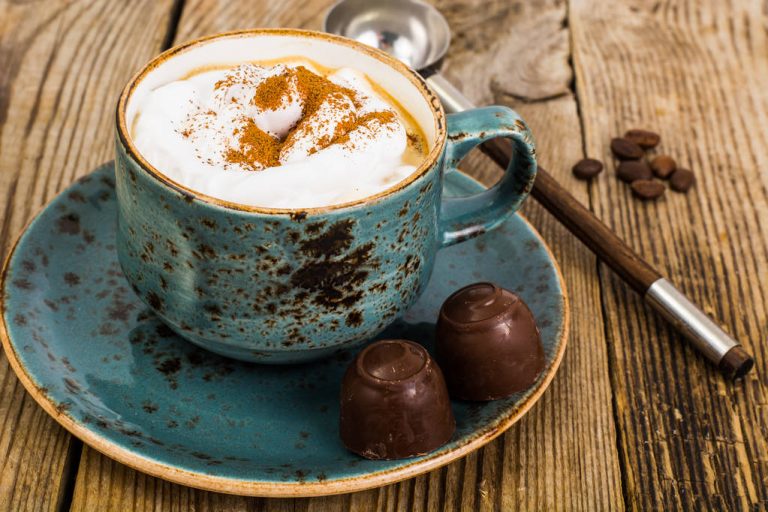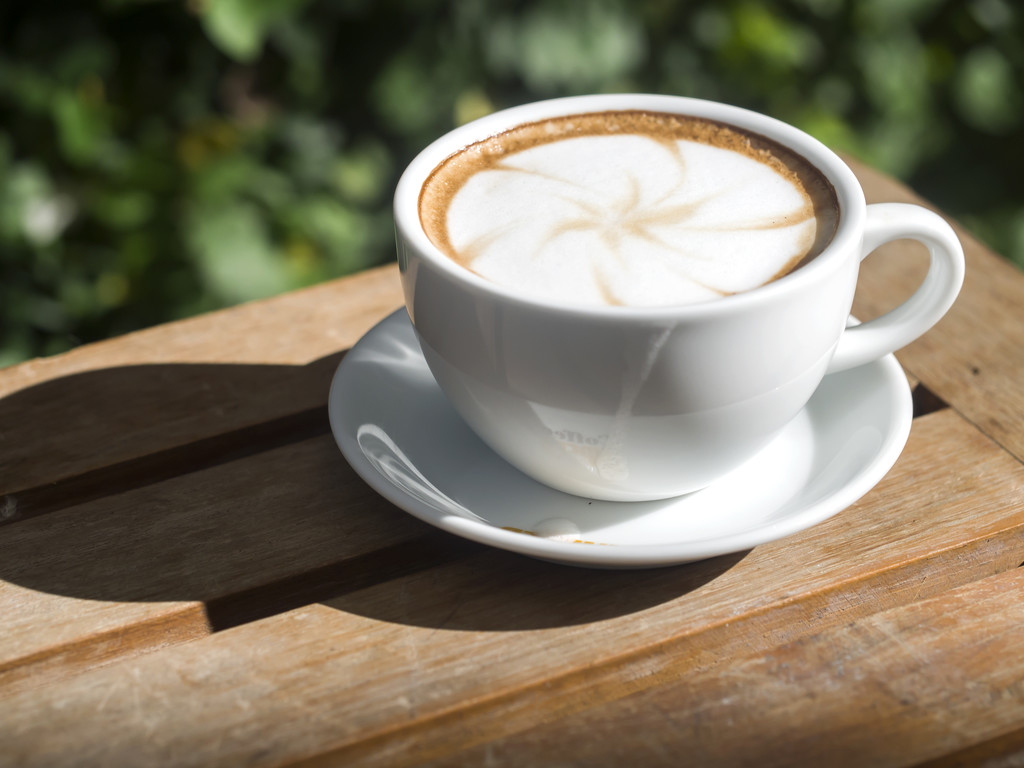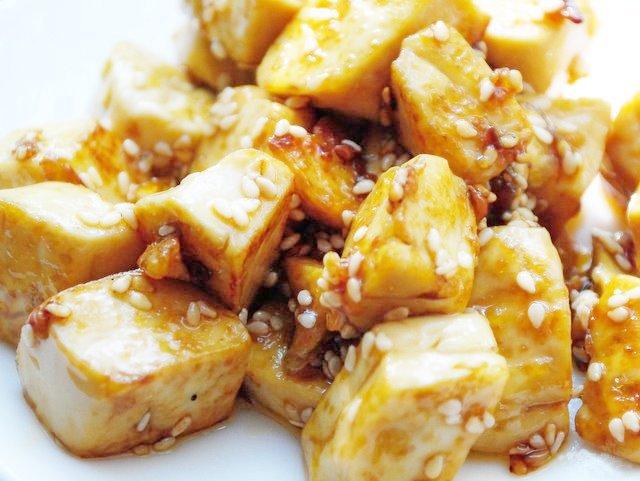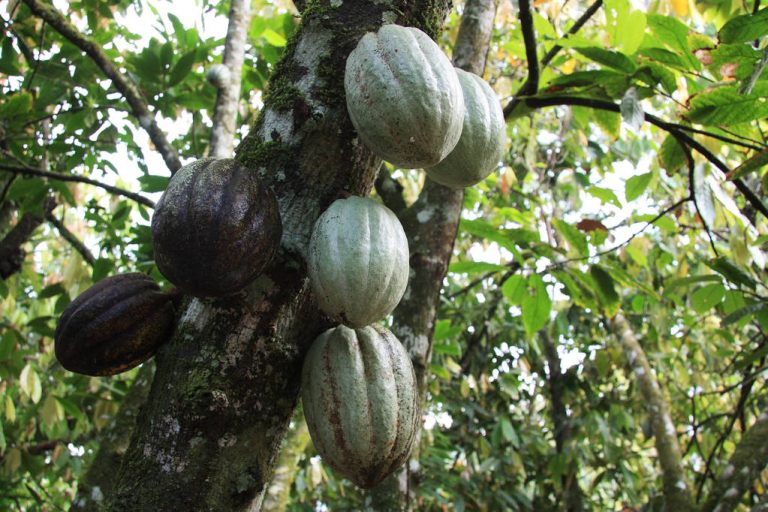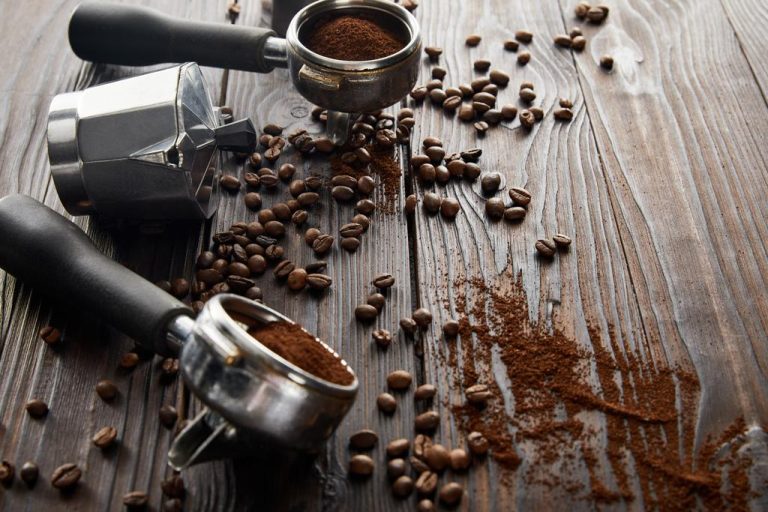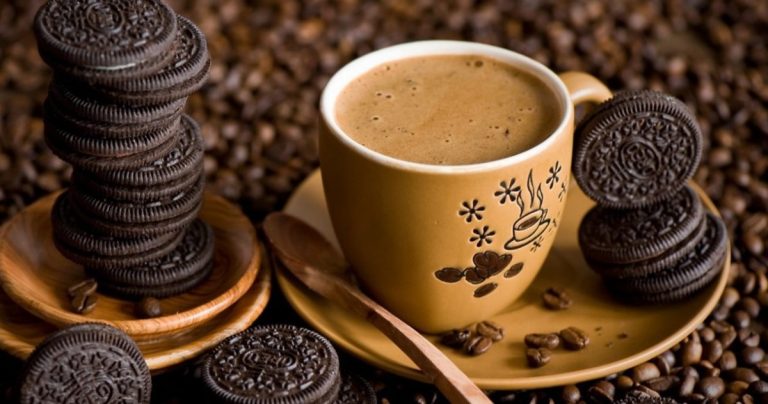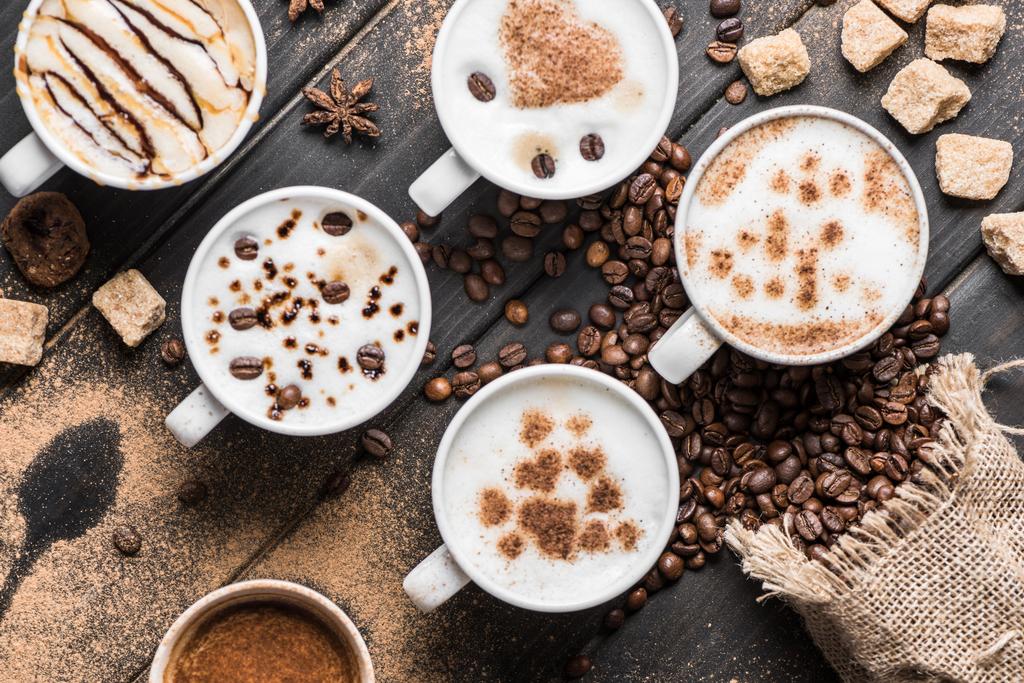The bad image of coffee has long since caught up, because many studies show the opposite. But what effects does coffee have on our body?
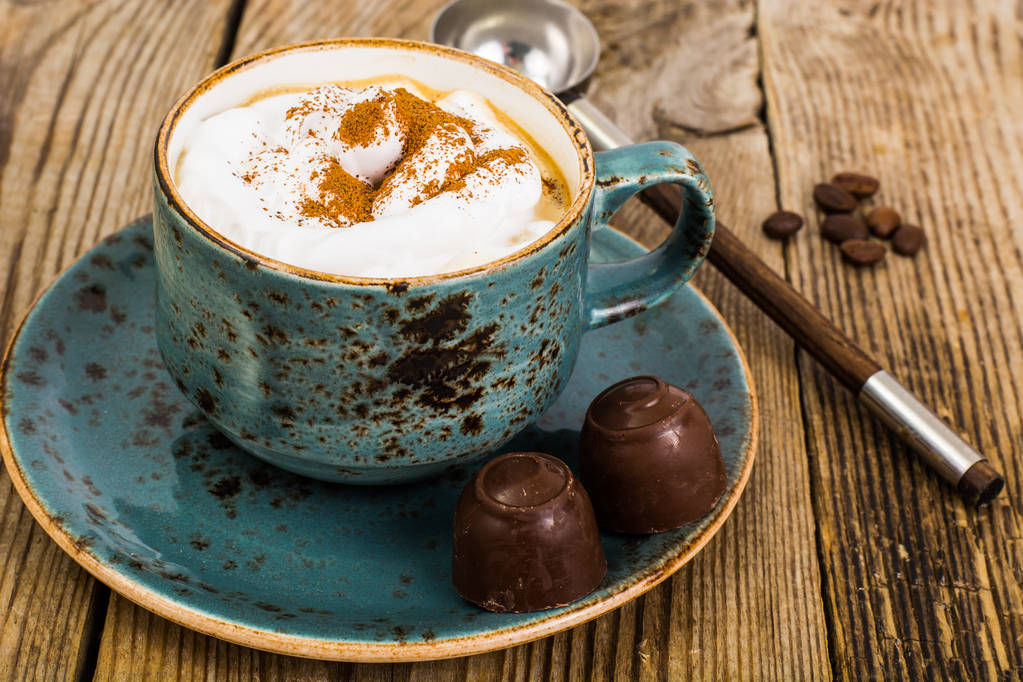
Miracle weapon or health risk? This is how coffee affects our body.
For many it is now part of everyday life: whether in the morning as a stimulant, in between for moments of pleasure, for health reasons or simply out of habit. As the second most important commodity worldwide, many people ascribe a relevant role to coffee. And not without reason, because with its more than 1,000 substances, the coffee drink has a lot to offer. It is therefore understandable that there are many myths surrounding coffee and above all the caffeine it contains – possibly the most important active ingredient in the hot drink.
For years, coffee had a bad image and was considered an unhealthy drink: it was said to be harmful to the heart and lead to cancer, among other things. But the many scientific studies that are now available on the small coffee bean have changed the picture significantly. Because coffee has many positive effects on the body. These health-promoting effects of coffee in the body are proven by epidemiological studies with thousands of people as test subjects, in which the eating habits were compared with the health situation of the test subjects. And indeed, important results emerged that apply to both caffeinated and decaffeinated coffee. How exactly does coffee affect the body and what causes this health-promoting effect on our body?
Coffee acts on these parts of the body
Once in the body, coffee acts on many different regions. Anyone who regularly reaches for a cup of coffee, but does not overdo it with the enjoyment of this drink, will be able to recognize the effects of coffee in the following regions: mouth, stomach, blood, brain, cholesterol level, heart, metabolism, muscles, bronchi, kidneys, intestines and liver.
When coffee is drunk, the first thing it comes into contact with is our mouth. There its taste unfolds through the many taste buds – consisting of acids, bitter substances and over 800 natural flavorings. Flavors are perceived in the nose, where they travel through the back of the throat. In the next 30 minutes after drinking coffee, the caffeine it contains is absorbed via the stomach and small intestine and from there distributed throughout the body. Contrary to what many might think, a cup of coffee does not help to empty the stomach. Instead, this accelerates the downstream digestive processes, which can lead to excessive release of hydrochloric acid in sensitive people. In addition to caffeine, coffee contains many other ingredients. Most of these first appear in the blood as metabolites, from where they are distributed throughout the body via the bloodstream. Because caffeine has a high bioavailability, the highest possible blood concentration is reached after about 30 minutes.
Furthermore, the substances kahweol and cafestol, which belong to the lipids, can raise the cholesterol levels in the blood. How high the proportion of the two values in the blood is in the end depends on the type of preparation. Anyone who uses paper filters or coffee pods leaves these substances in them so that they hardly or not at all get into the body. However, there is no increased health risk associated with the increase in cholesterol levels. Caffeine can affect the heart because caffeine stimulates the release of the stress hormones cortisol and adrenaline.
As a result, the heartbeat increases, the pulse increases, and the blood vessels dilate. Despite this effect, most studies suggest that there is no link between coffee consumption and cardiovascular disease. In addition, the blood pressure rises for a short time.
In addition, there are always studies on how caffeine affects athletic performance. There are no consistent results, but this ingredient is said to be able to support athletic performance under certain circumstances. Niacin, another ingredient in coffee, is said to have a muscle-activating effect in the body. Caffeine has a vasodilating effect on the bronchial system of the lungs, which relaxes the muscles of the bronchi and makes breathing easier. Caffeine also increases the filtering function of the kidneys, which means that more urine is produced. Contrary to what was long believed, coffee does not remove any liquid from the body, as this effect is short-lived.
This is how coffee affects our brain
In this part of our body, coffee acts primarily through one substance: caffeine. Because this ingredient can pass the blood-brain barrier almost unhindered and thus reaches the brain very quickly. Here the caffeine has a noticeable effect on our central nervous system. The structure of caffeine is very similar to that of adenosine, an endogenous messenger that is responsible for signaling tiredness. Adenosine occupies certain receptors and activates them, which influences the release and effect of invigorating substances such as dopamine and norepinephrine. Caffeine, on the other hand, cannot activate the adenosine receptors, but can occupy them because of their similar structure. Thus, caffeine acts in the brain as an antagonist or opponent of adenosine, as it blocks the receptors and thus prevents the signaling of tiredness to the body. Accordingly, the nerve tracts do not receive a signal for throttling and continue to work happily. The caffeine thus causes three effects in the body: it has a performance-enhancing and stimulating effect, relieves pain and delays sleep.
Consuming caffeinated beverages appears to improve reaction time and mental performance in fatigued individuals. However, researchers do not always agree on these results. The answer to the exact cause will therefore remain undecided in the near future. Caffeine can also be used as a mild pain reliever for headaches. It is also used in some medications as a supportive analgesic. Caffeine has a positive effect on the brain in that it slightly constricts the vessels locally in the brain and can relieve headaches or migraines. In the case of severe or persistent headaches, however, other solutions should still be used. In addition, it acts on various neurotransmitters, which can cause a delay in falling asleep and a reduction in sleep duration. However, this affects each person individually. Those who are used to caffeinated coffee develop a certain immunity to this effect over time, which means that the sleep-delaying effect decreases or even disappears.

Where and how does coffee still work in the body?
Coffee consists of over 1,000 substances. Probably the most important are carbohydrates, fats, water, proteins, acids, alkaloids (i.e. the well-known caffeine), flavorings, minerals and vitamins. The actual proportions of the individual substances in the coffee beans vary depending on the type of coffee, growing conditions and type of roasting. In addition, not all substances end up in our coffee drink. Many of the components of the coffee bean show a high antioxidant effect. Antioxidants are known to delay or even completely prevent destructive processes in our cells. They produce this effect because they are sometimes responsible for protecting against free radicals. It has long been known that vegetables and fruits or even dark chocolate have such a protective effect in our body. But the fact that coffee is one of the foods that have an antioxidant effect has only recently become more and more established.
Now the intestines and the liver are missing from the list. The caffeine in the coffee is the main factor here. In addition to the caffeine, the acids, tannins and bitter substances contained in coffee also stimulate the movement of the intestines, also known as peristalsis. In addition, the secretion of bile is stimulated. These effects promote the digestive process and it is believed that melanoidins contribute to intestinal health. Melanoidins are one of the substances in coffee that are responsible for its color. Coffee antioxidants, as well as the lipids kahweol and cafestol, also seem to have a protective effect on the central detoxification organ, the liver – especially in liver cells.




